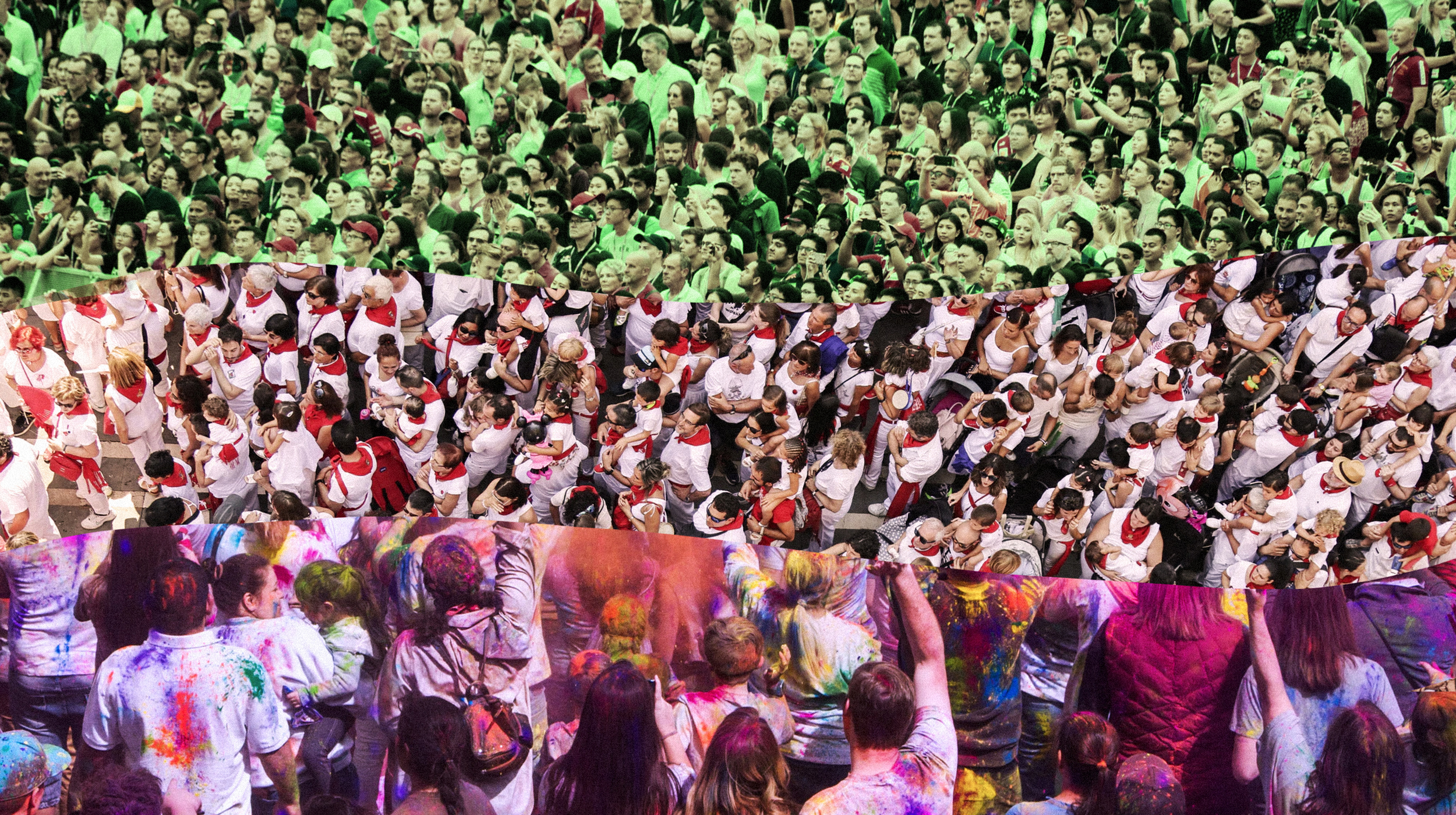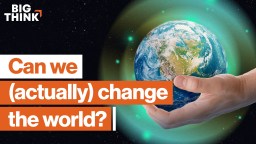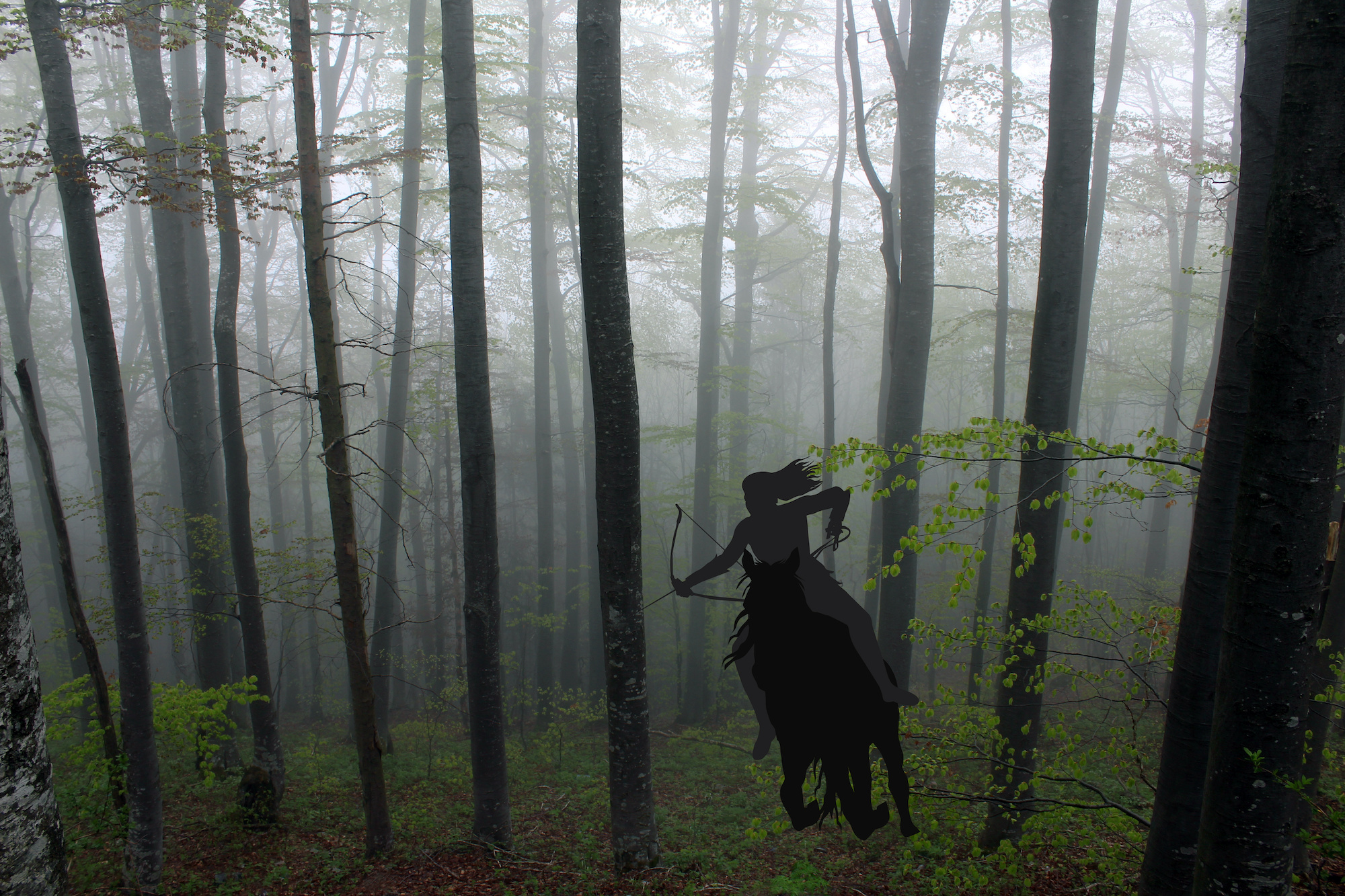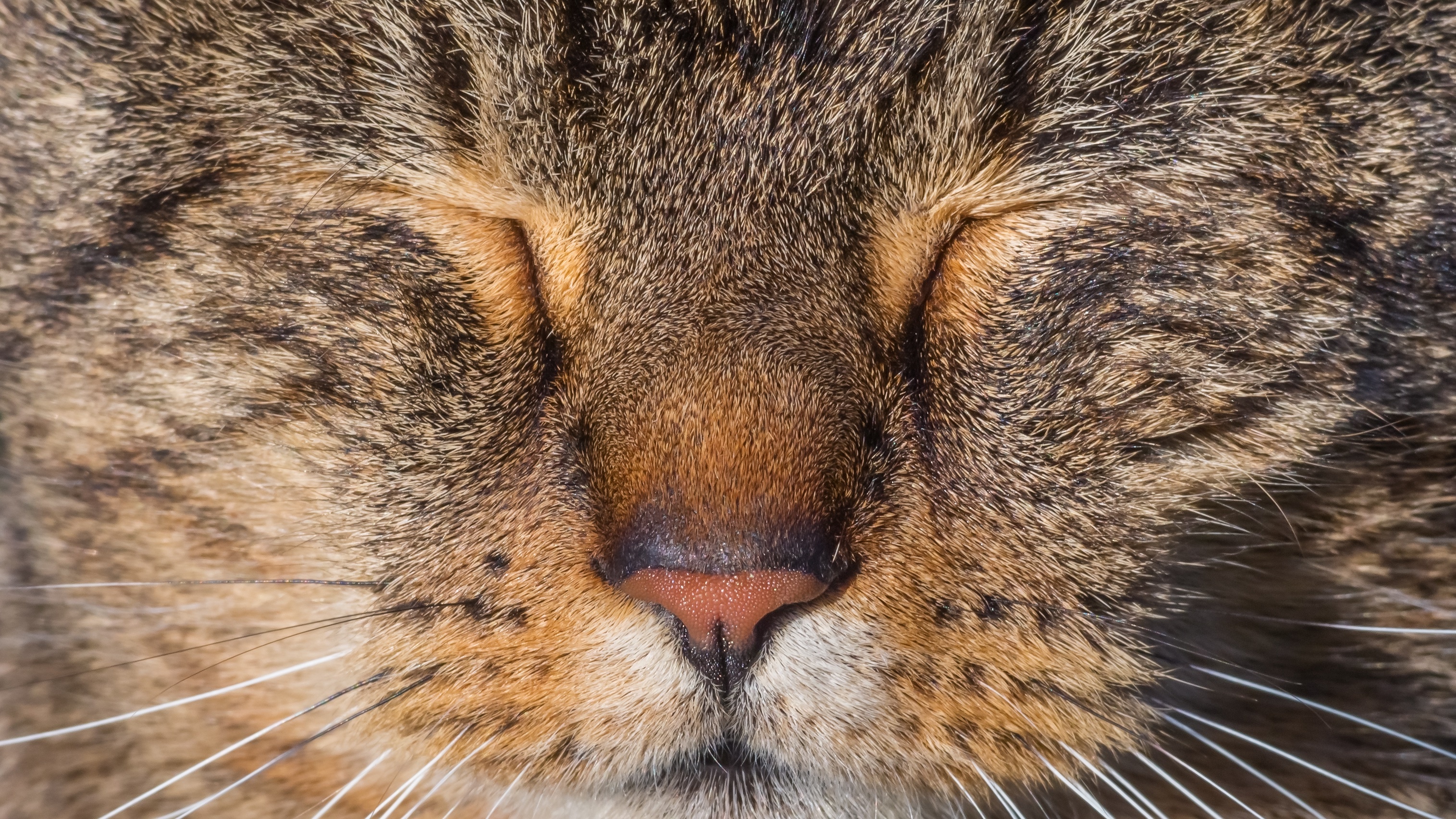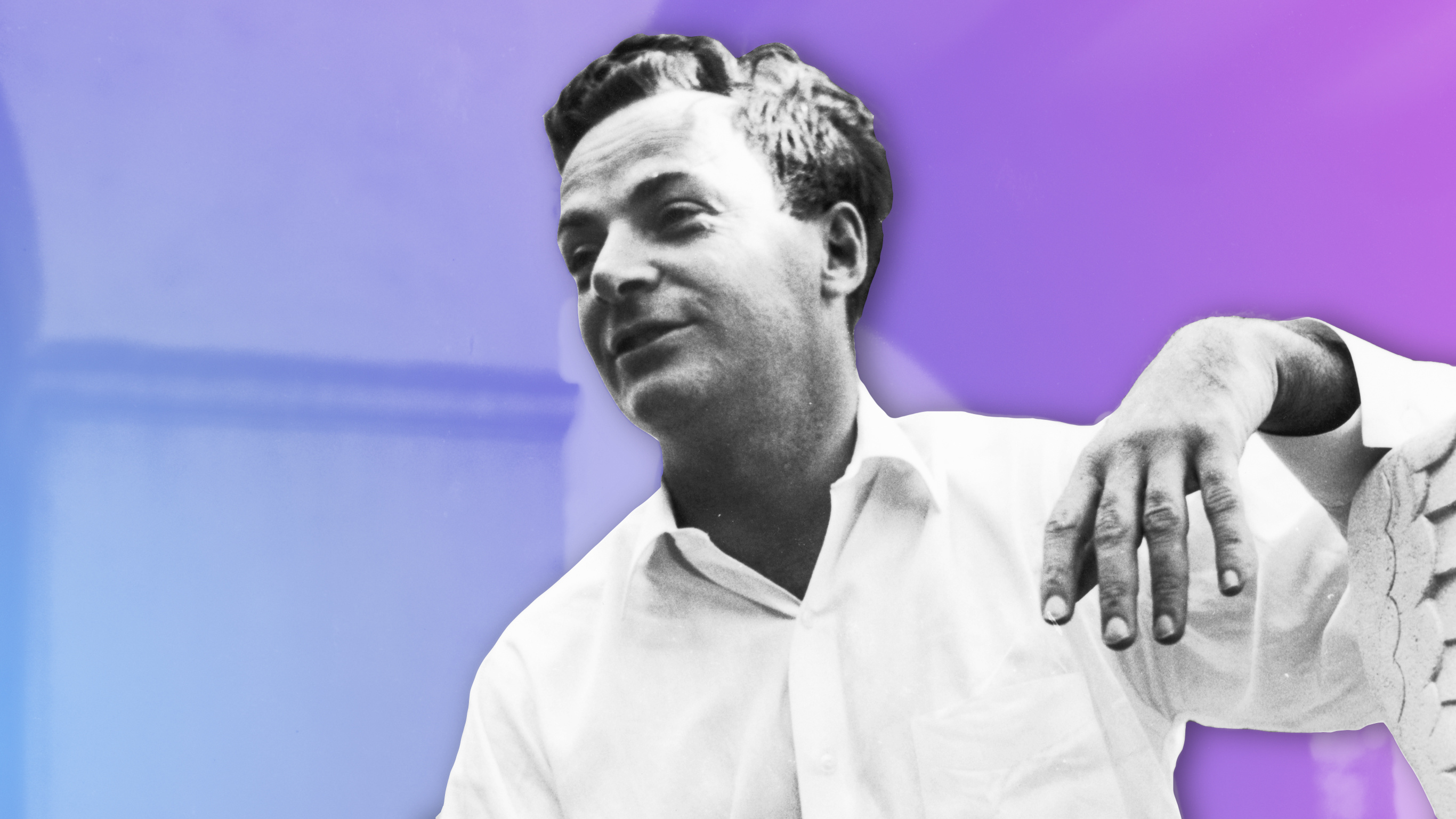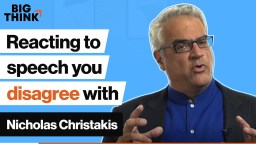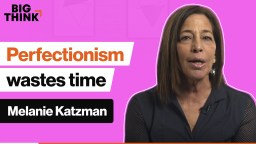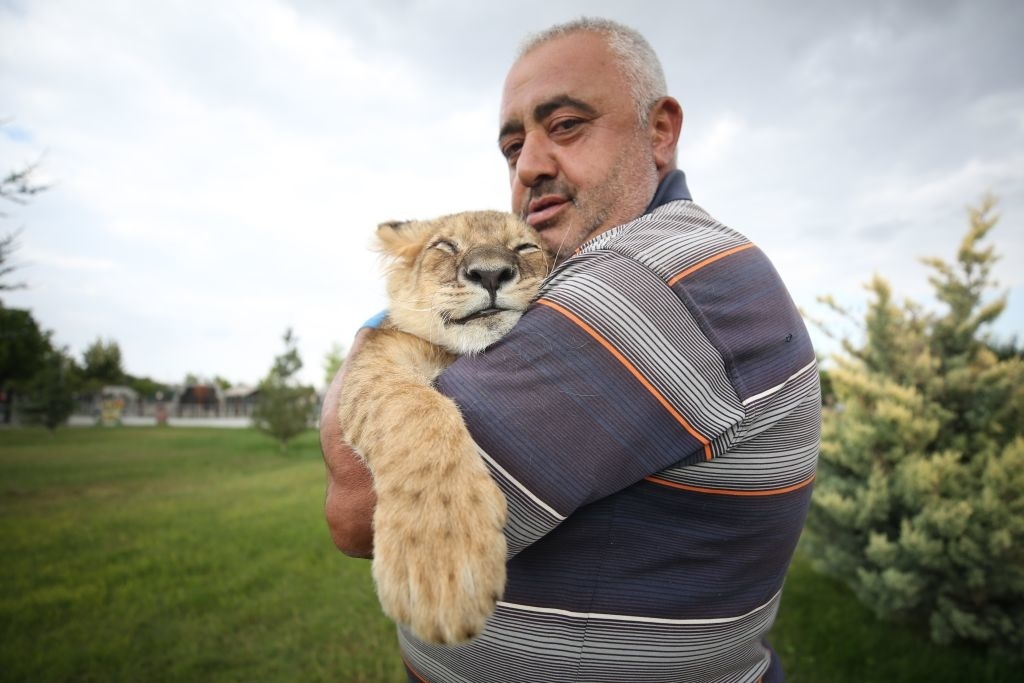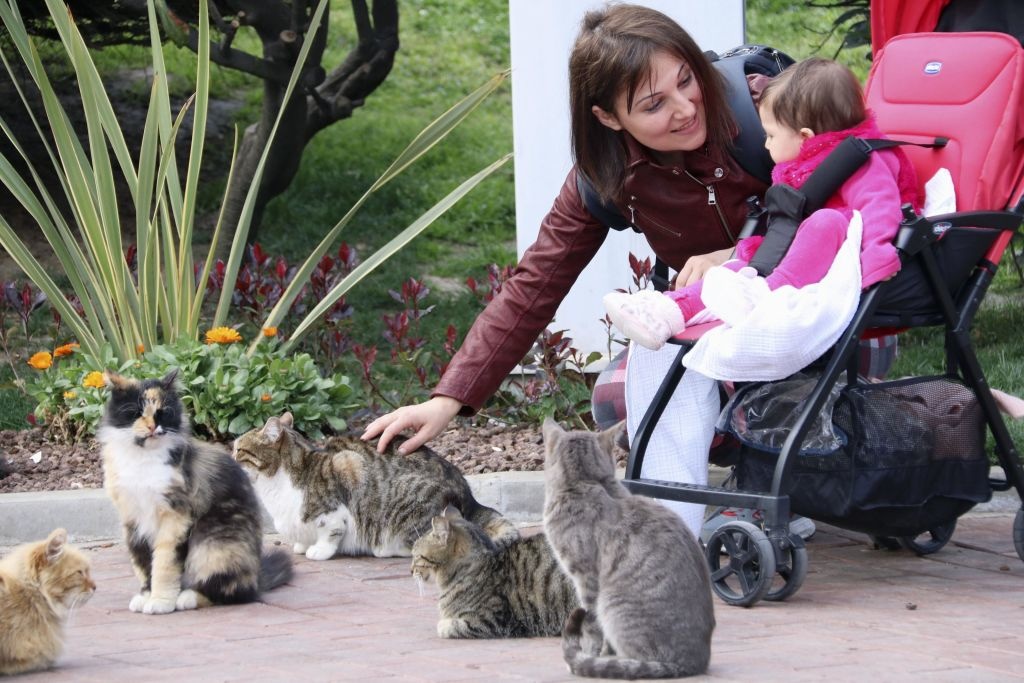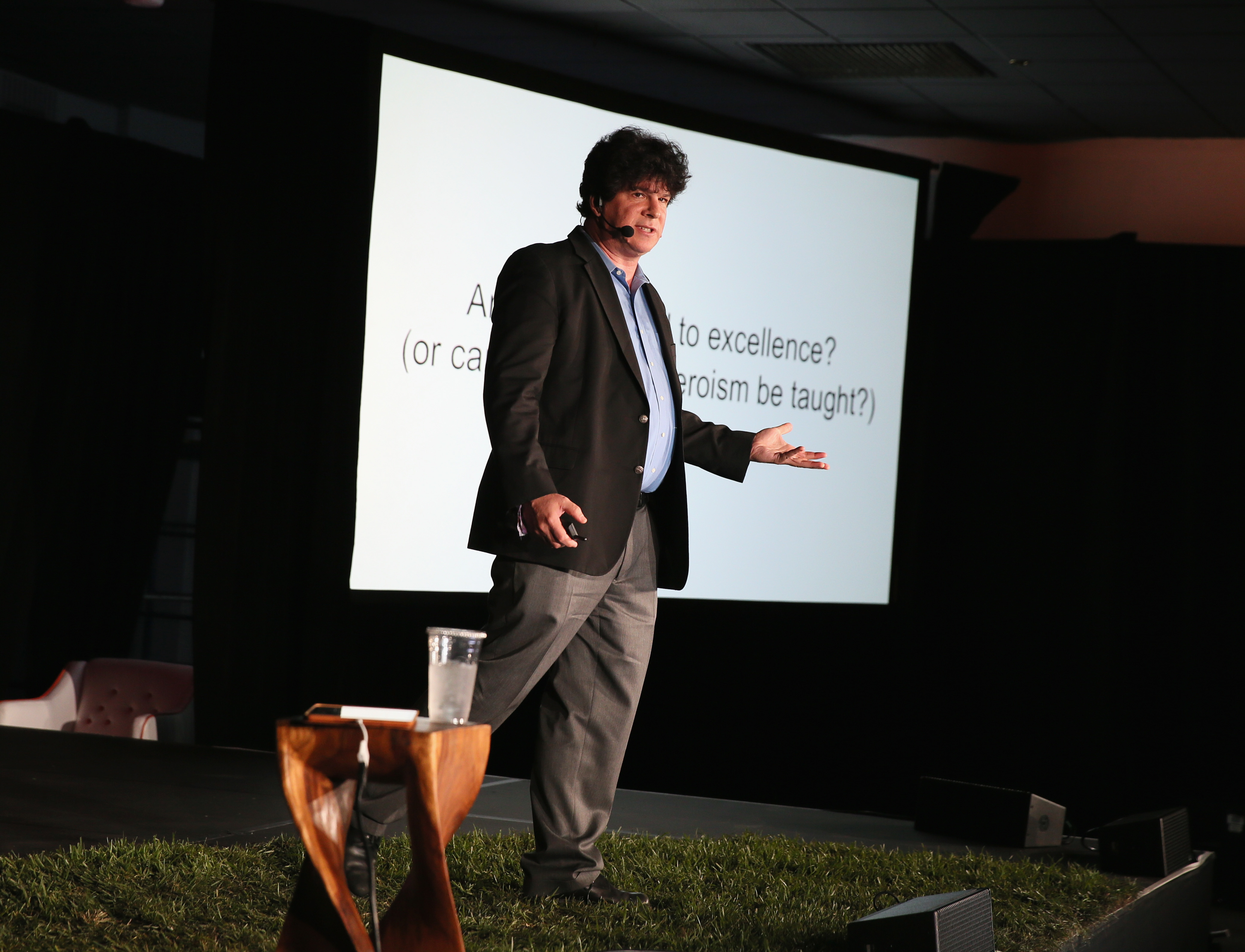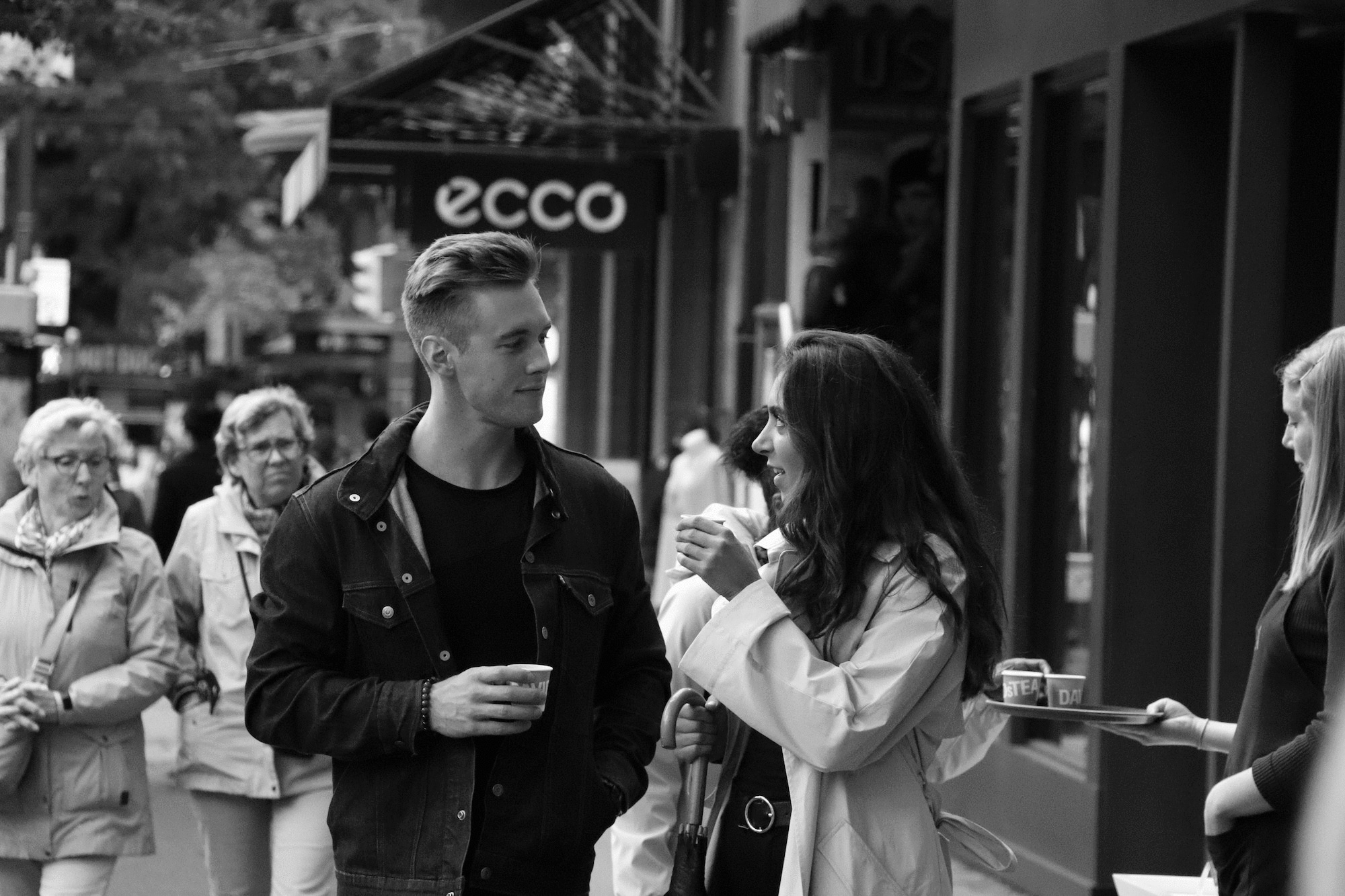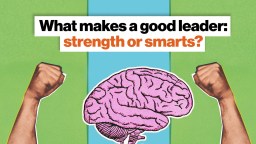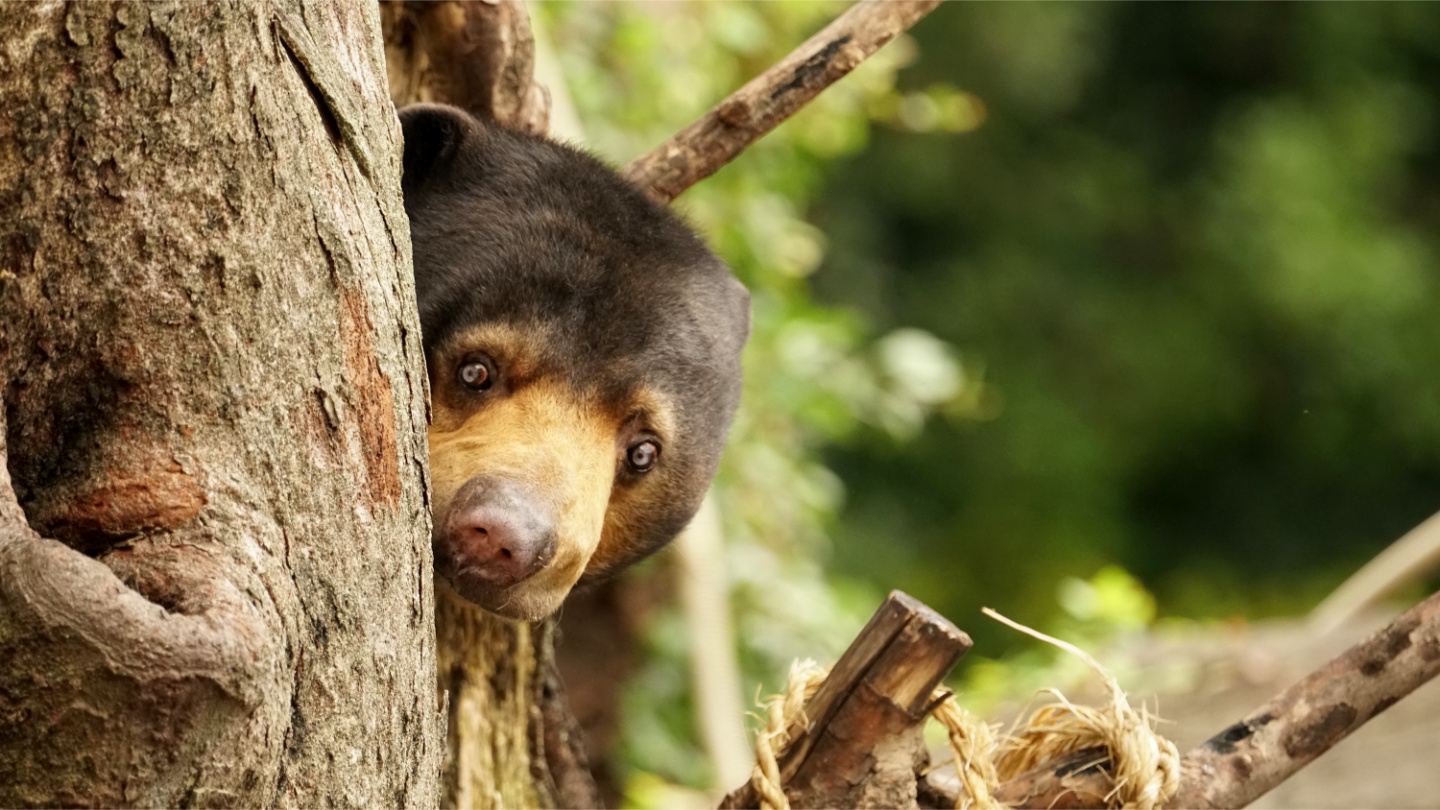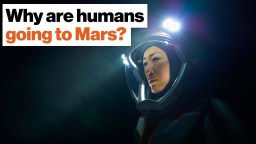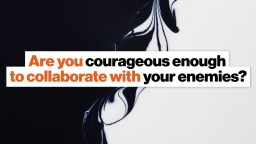cooperation
He’s studied apes for 50 years – here’s what most people get wrong.
▸
6 min
—
with
Could a pill make you more moral? Should you take it if it could?
Study confirms the existence of a special kind of groupthink in large groups.
We have the money to change the world. What’s standing in the way?
▸
4 min
—
with
Turns out gender assumptions have been going on for quite some time.
Scientists confirm that slow blinks are an effective way to connect with a cat.
SEAL training is the ultimate test of both mental and physical strength.
▸
16 min
—
with
It takes a special person with a special set of skills to reach students on an emotional level.
▸
4 min
—
with
A 12-year long study examines the differences between how same-sex and different-sex couples argue, with some surprising results.
The physicist was both a gentleman and scholar.
Disagreements should not equal censorship.
▸
3 min
—
with
The goal should be satisfaction, not perfection—why good enough is good enough.
▸
3 min
—
with
Laws can’t stand by themselves. Professor James Stoner explains why.
▸
4 min
—
with
A study at the University of Oregon puts a longstanding myth to rest.
Cat owners are no more likely to be crazy than you.
The Portal promises to be a deep dive into the possible.
Conversation helps sexual satisfaction and desire, especially with partners in committed relationships.
Here’s why “glue people” won’t get steamrolled by job automation.
▸
4 min
—
with
At one point, America needed to be called a Judeo-Christian nation. Now, with growing populations of Muslims, Evangelicals, Sikhs, Atheists, and other faiths, what should America call itself next?
▸
5 min
—
with
When it comes to leadership, we’re quite picky on who we let govern us.
▸
6 min
—
with
Unfortunately, this means that drivers act more aggressively on the road when spotting cyclists.
This may be more common in mammals than we’d thought.
Here’s how to set clear expectations about household management.
▸
4 min
—
with
Studies from neuroscience highlight how the brain both helps with and prevents collaboration.
Good quotes are powerful catalysts for positive actions.
The Belgian psychotherapist has a lot to teach us.
Sponsored by the Charles Koch Foundation.
▸
7 min
—
with
A guide to making difficult conversations possible—and peaceful—in an increasingly polarized nation.
▸
5 min
—
with
The greatest space program spinoff? Human collaboration.
▸
5 min
—
with
Unlikely allies can solve society’s most complex problems.
▸
7 min
—
with


